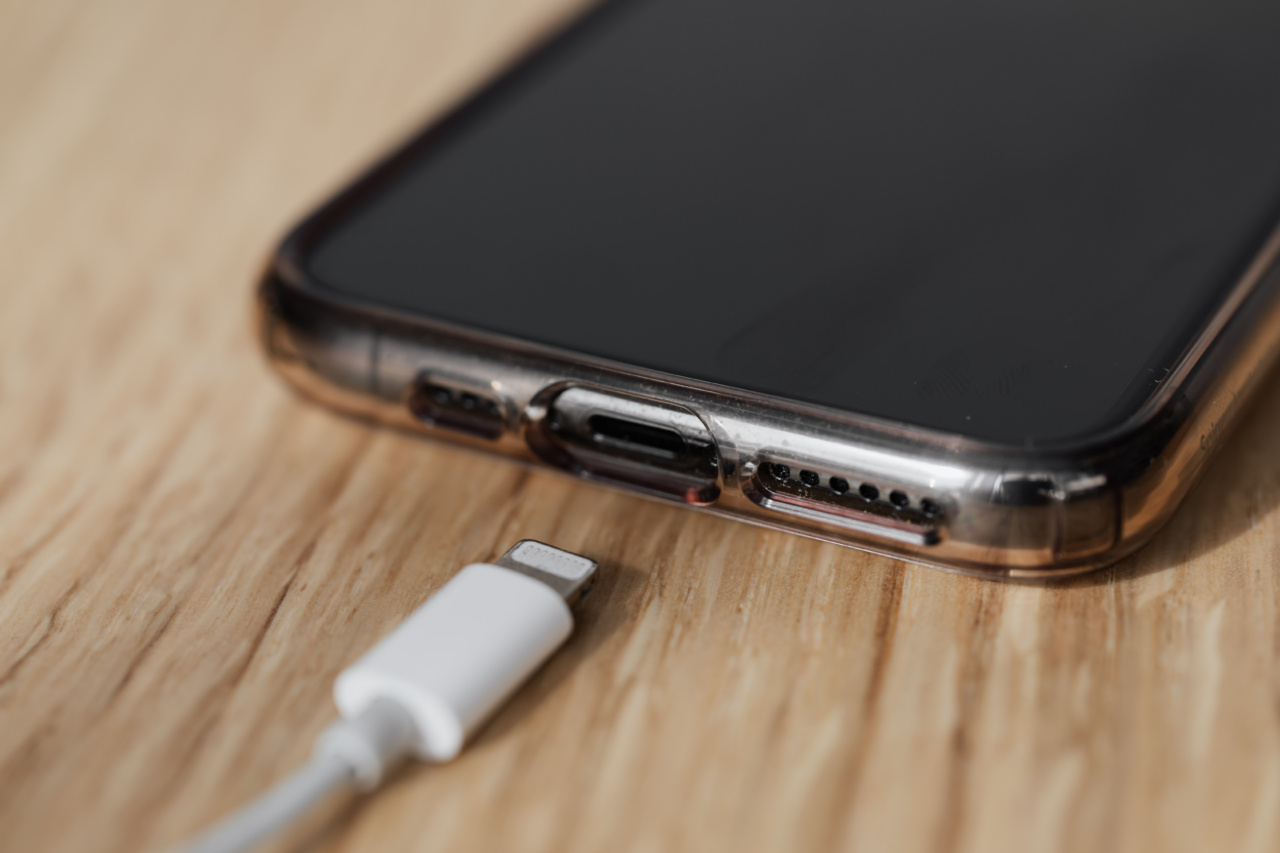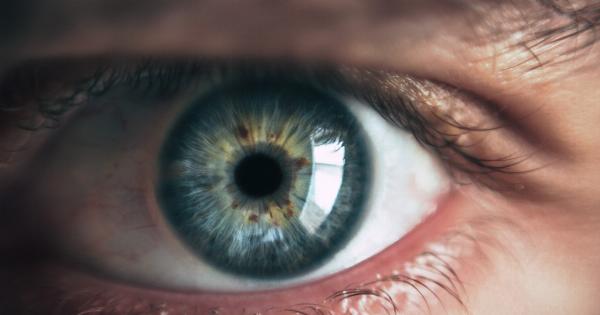In recent years, technological advancements have revolutionized the field of healthcare.
From wearables to implantable devices, there has been a significant shift towards creating innovative solutions that enhance patient care and improve treatment outcomes. One such breakthrough in this arena is the development of smart contact lenses that can not only correct vision but also deliver medication directly to the eye.
The Evolution of Contact Lenses
Contact lenses have come a long way since their inception. Initially, contact lenses were primarily used for vision correction, providing an alternative to traditional eyeglasses.
These soft lenses were made from hydrogel materials that allowed oxygen to pass through, ensuring comfort and safety for the wearer. However, the need for more specialized functionalities led to the advent of smart contact lenses.
How Smart Contact Lenses Work
Smart contact lenses are equipped with tiny electronic components and sensors that enable a range of functionalities. These lenses incorporate microchips, wireless antennas, miniature sensors, and even tiny drug reservoirs.
They are designed to integrate seamlessly with the eye, providing an unobtrusive and efficient method of delivering medication.
Delivering Medication to the Eye
One of the most promising applications of smart contact lenses is the targeted delivery of medication to the eye.
For individuals suffering from various ocular conditions such as glaucoma or dry eye syndrome, precise administration of medication is crucial. Smart contact lenses offer a non-invasive and comfortable way to deliver drugs directly to the affected area.
Sensor Technology for Monitoring
Smart contact lenses are not limited to drug delivery; they also have the potential to monitor various eye-related parameters.
By integrating sensors within the lens, healthcare professionals can gather real-time data about intraocular pressure, tear composition, and glucose levels in the tears. This information can be invaluable in the early detection and management of several eye diseases.
Improving Treatment Compliance
Medication adherence is a significant challenge in healthcare, particularly when it comes to eye drops. Many patients struggle with proper administration techniques or forget to take their prescribed medications regularly.
Smart contact lenses offer a solution to this problem by automating the medication delivery process. With programmable drug release systems, patients can receive the right dosage at the right time without any effort.
Enhancing Vision Correction
Smart contact lenses not only provide targeted drug delivery but can also improve vision correction. By incorporating sensors and microchips, these lenses can detect the eye’s position and adjust the focus accordingly.
This feature is especially useful for individuals with conditions like presbyopia, which affect near and far vision. The ability of smart lenses to adapt their focus and provide a seamless visual experience is truly remarkable.
Challenges and Future Directions
Despite the numerous advantages offered by smart contact lenses, there are still challenges to overcome before they become widely available. One of the main obstacles is power supply.
These devices require a stable power source to operate efficiently, and finding an energy solution that is safe and long-lasting remains a priority for researchers. Additionally, issues related to safety and biocompatibility need to be thoroughly addressed to ensure these lenses are suitable for long-term use.
Conclusion
Smart contact lenses have the potential to revolutionize the way we deliver medication and monitor eye health.
With their ability to provide targeted drug delivery, monitor eye parameters, improve treatment compliance, and enhance vision correction, these devices offer a myriad of benefits. However, further research and development are needed to address the challenges associated with power supply and safety.
With continued advancements in technology, smart contact lenses hold immense promise for enhancing patient care and improving overall eye health.




























